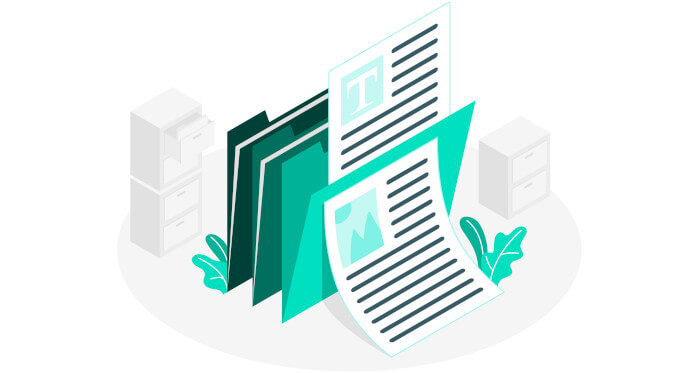In Operation
Here’s what we see when opening PreviewQt. At the top of the interface is a top bar which lets us open a file, open settings, open the document in an external application, rotate the image to the left, rotate the image to the right, and quit the program.
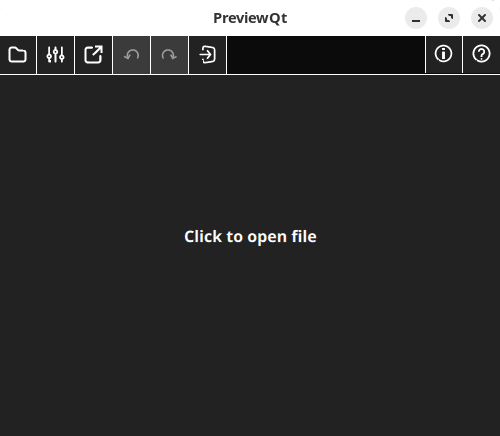
There’s support for more than 140 image formats.
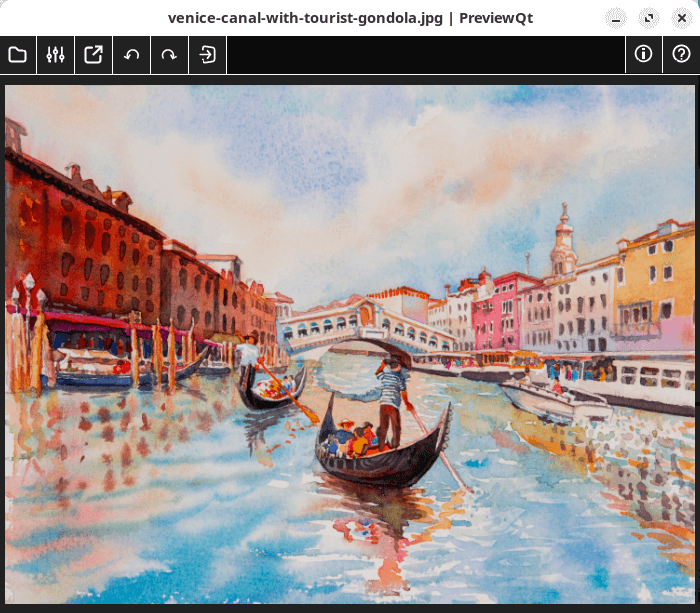
There’s also support for e-books with keyboard navigation with the ability to remember where you reached.
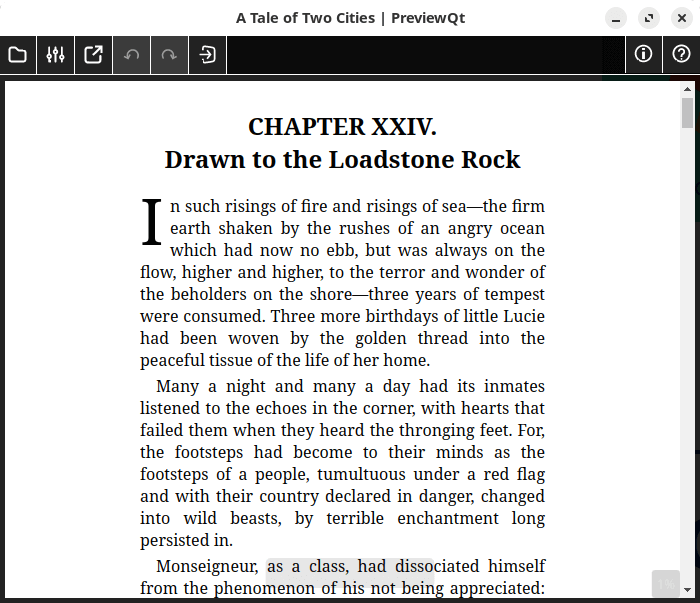
Other document types supported include:
- All common video formats.
- Photo spheres and 360 degree panoramas (that use equirectangular projections).
- Motion photos, Micro videos, and Apple live photos.
- PDF documents including page navigation.
- Archives (zip, tar.gz, rar, 7-zip) with the ability to explore its content.
- Comic Books (cbz, cbt, cbr, cb7) including page navigation.
The software has the option to launch PreviewQt hidden to the system tray, and/or hide the program when focus is lost. The program defaults to resizing a window to the content, but we can also choose to launch PreviewQt maximized, with a configurable default window size, or only set the window size at launch.
Summary
PreviewQt is a simple but useful tool for previewing all manner of files. We think it shows real promise.
The tool is in an early stage of development. With more maturity, it should become an essential utility once things like mouse support are added.
It deliberately focuses on speed rather than providing all the features often found in an image/document viewer. It’s definitely not intended as a replacement for your favourite image viewer, document viewer, E-book viewer etc.
Given that the software makes it easy to open a document in an external application, this is not a disadvantage. The default shortcut to load the file in an external application can be changed together with the application used for images, documents, video, archives, comic books, and E-books.
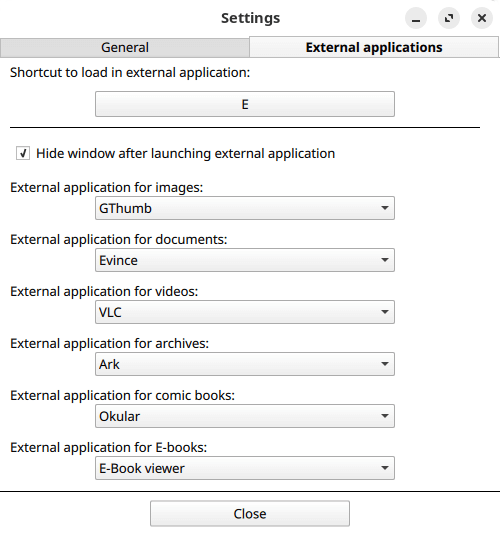
Website: previewqt.org
Support: GitLab Code Repository
Developer: Lukas Spies
License: GNU General Public License v2.0
PreviewQt is written in C++. Learn C++ with our recommended free books and free tutorials.
Pages in this article:
Page 1 – Introduction and Installation
Page 2 – In Operation and Summary
